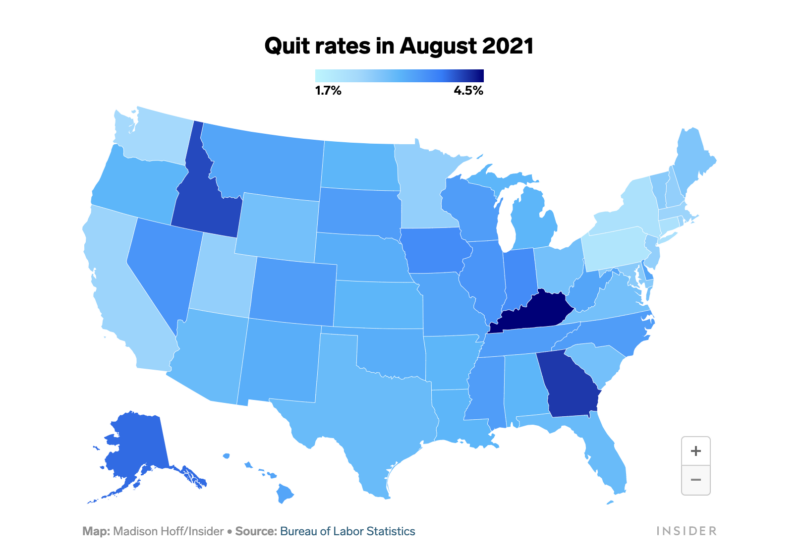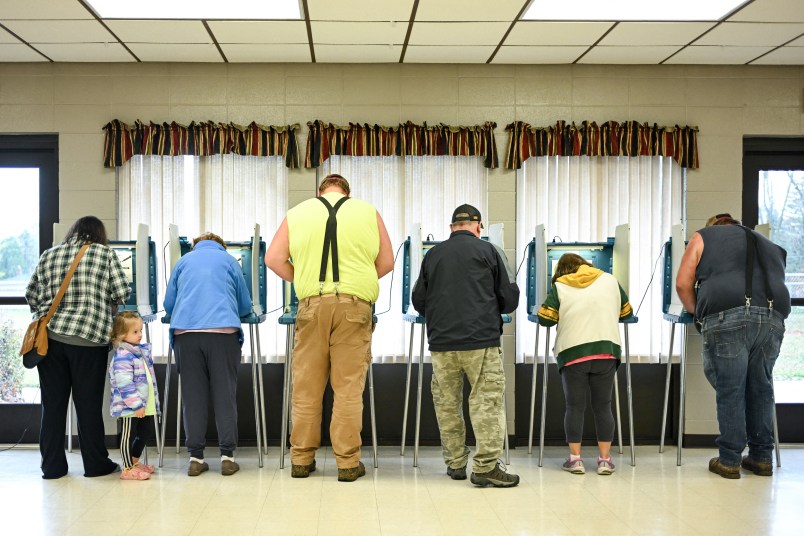There are a host of supply chain, inflation and “labor shortage” issues that for the moment are a political headache for the Biden administration. I put them in this political context because the discussion of them is currently highly politicized. But if we can step back from those immediate concerns and often tendentious debates we can already see that the pandemic has had profound effects on the most basic ways Americans (and no doubt people across the world) approach their lives and particularly how they approach work.
I mentioned above that one issue is a “labor shortage.” But as many have noted that’s not really the issue. The U.S. has lost 3/4 of a million people to COVID. But due to the average age of the people we’ve lost, that hasn’t really created a shortage of potential workers. It has rather shifted the relative bargaining power between employers and employees. There are plenty of workers. It’s just not as easy to get them to work for you. This often gets referred to as the “great resignation” — a historically large number of people quitting their jobs.
This data comes from something called the Job Openings and Labor Turnover Survey (JOLTS) published by the Bureau of Labor Statistics. For the first time on Friday it released state-specific data. Here’s the map (go to the Insider article for the interactive version) of “quit rates” in every state.

It’s hard to know precisely what to make of this data. Georgia and Idaho are pretty different states. But it’s clear that the Northeast and West Coast are seeing this phenomena much less than states in the center of the country. There seems to be a pretty clear divide between more densely settled states and more rural ones. Both of these divisions also line up fairly well with blue and red states.
I should note that this is just the data for August. Conceivably it’s been different in other months. Another way to look at this data is to say that a lot of the numbers seem to be driven by a relatively small number of states which are all generally “red” but are otherwise quite different in regionality and political economy. Perhaps the most interesting takeaway is how limited the phenomena seems to be in the bluest states.
I don’t have a big takeaway or theory on this at the moment. It’s just one piece in a very large puzzle that we will be puzzling over for years.







